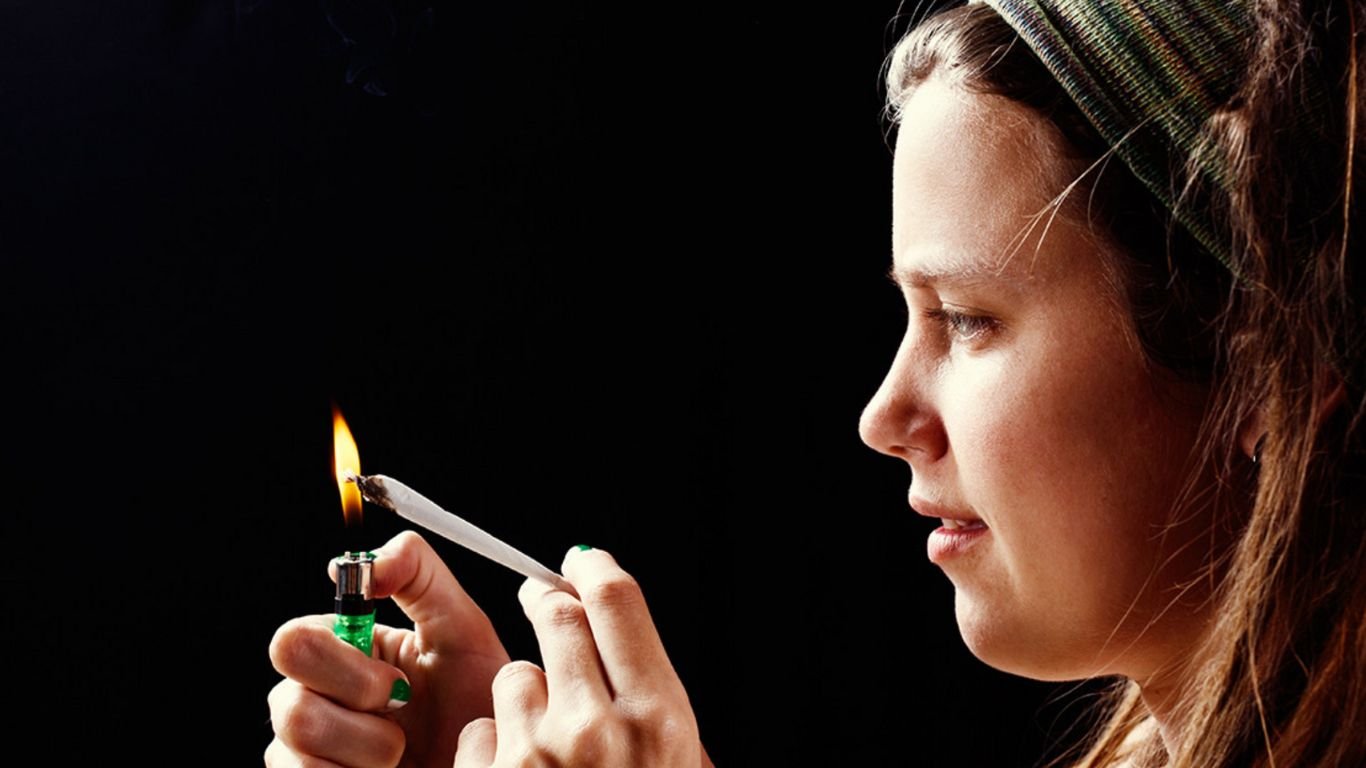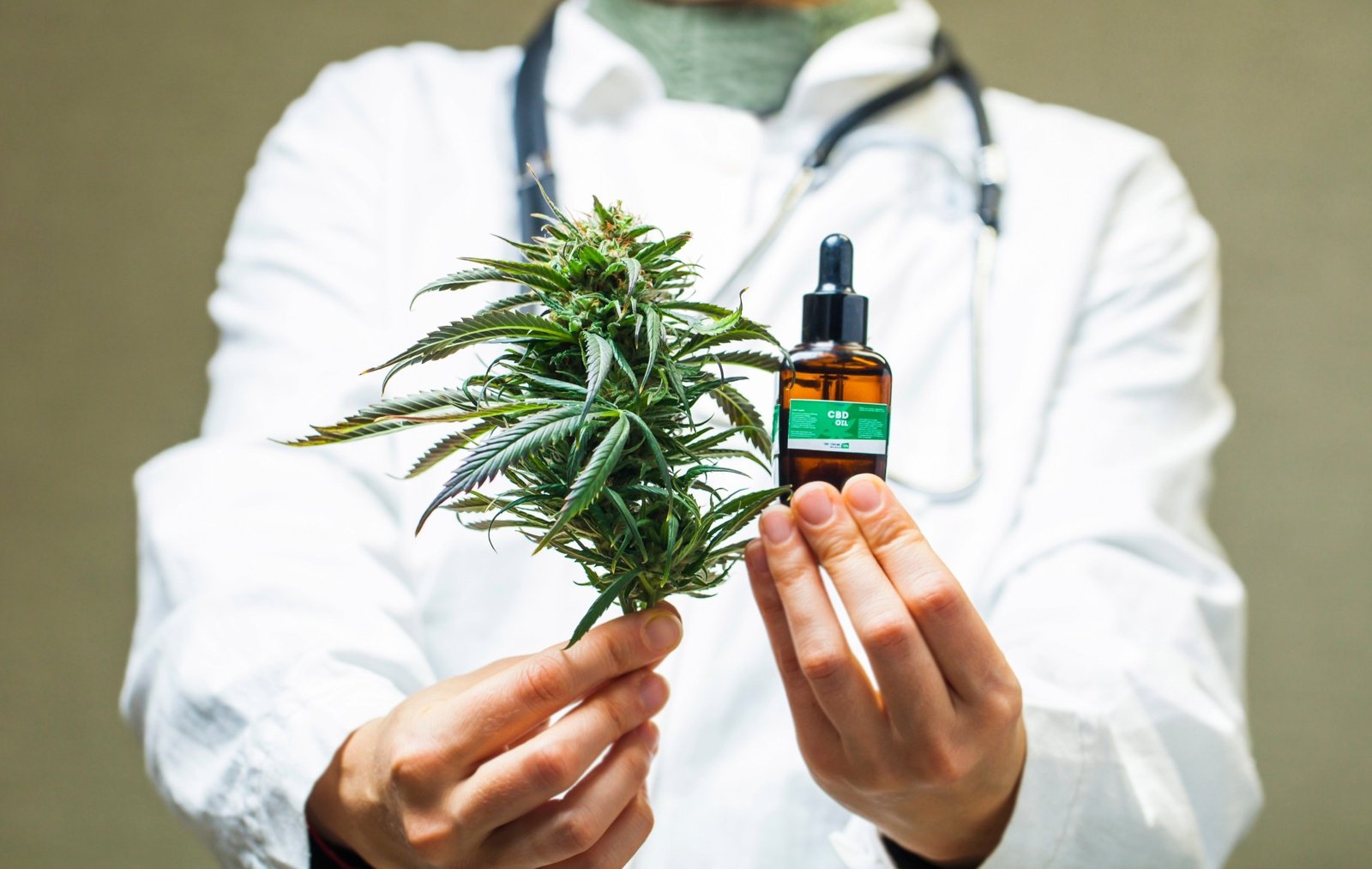A recent report highlights that young people in British Columbia (BC) who have tried cannabis reached their lowest rate in 25 years in 2023. The findings suggest that youth are less likely to use cannabis five years after it was legalized. However, among those who do consume cannabis, there is an increase in the frequency of use.
The Blunt Talk report is the third analysis focused on youth cannabis consumption in BC, based on data from the BC Adolescent Health Survey (AHS). This survey is conducted every five years, with the last data collected in 2018. The 2023 report found that the percentage of youth aged 12-18 who reported ever trying cannabis dropped from 25% in 2018 to 22% in 2023.
Among the youth who reported using cannabis, there was a noted decline in smoking it, while consumption in the form of edibles increased. Specifically, 73% of youth consumed cannabis as an edible in 2023, compared to 88% in 2018, while smoking decreased from 23% to 16%. Additionally, fewer young users reported consuming cannabis before driving or while being a passenger in a vehicle.
As age increased, cannabis use became more prevalent. Only 3% of youth aged 12 or younger reported trying cannabis, whereas 22% of 15-year-olds and 42% of 18-year-olds had tried it. The average age for first-time use was identified as 14.
Despite the overall decrease in the number of young users, those who did consume cannabis reported using it more frequently. Specifically, 20% indicated they used cannabis 20 times or more in the past month, and many expressed a need for assistance with their cannabis use, a notable increase from 2018. While cannabis use was less common than alcohol among youth, those who did use cannabis tended to use it more regularly.
The report also revealed that young people who had never tried cannabis reported the highest levels of health and well-being. In contrast, those who used cannabis six or more days in the past month reported the lowest levels of positive health outcomes. Interestingly, 2023 marked the first year in which more females reported trying cannabis than males, with 58% of females and 53% of males indicating they had tried it.
Young Canadians were more likely to report cannabis use compared to those born outside of Canada. Among different ethnic backgrounds, Indigenous youth reported the highest rates of cannabis use, followed by European and Caribbean backgrounds. In contrast, youth from Middle Eastern or Asian backgrounds reported the lowest levels of cannabis consumption.
Geographically, youth in BC’s North and Interior regions, as well as Vancouver Island, were more likely to report using cannabis than their peers in coastal Vancouver or the Fraser Valley. Additionally, youth who had experienced life challenges, such as housing instability or the loss of a loved one, were more likely to have tried cannabis, especially those working outside the home.
The 2023 BC AHS was the seventh iteration of the survey, which included responses from youth aged 12–19 across 2,316 classrooms in 59 of BC’s 60 school districts. The full report can be accessed through the provided source.




